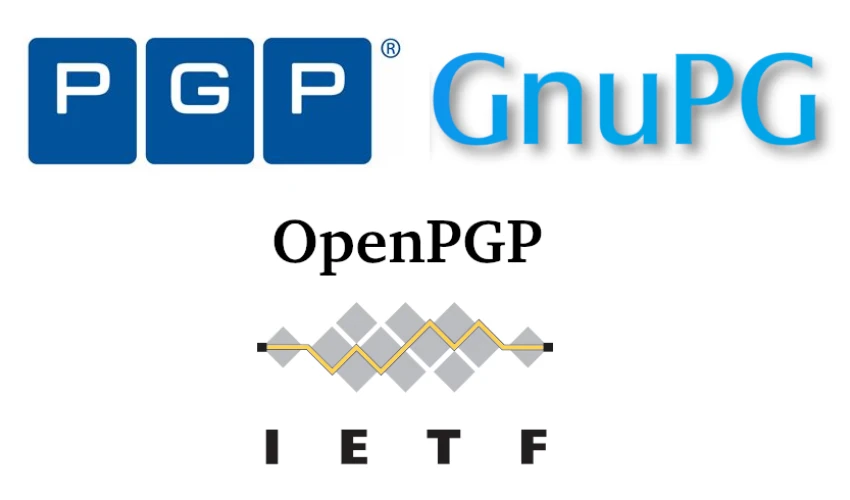
PGP or GPG? There is no difference!
Both are practically the same thing.
OpenPGP is an encryption standard, and GPG (GnuPG) is software for working with that standard.
There used to be software called PGP, from which GPG originated in the 1990's. But PGP has been renamed many years ago and is now called Symantec Encryption Desktop. Anyway, it's proprietary (not free) and not many people use it, so it's mostly just a source of confusion.
PGP / GPG compatibility
Compatibility between GnuPG tools
GPG is a command line tool without graphical user interface (GUI). Applications like Kleopatra, Gpg4Win or OpenPGP Webmail are GUI frontends for GPG. Therefore, these applications have absolutely no problems with compatibility or interoperability, since they use the same backend. For example, you can export PGP key from any GPG-based program to use it in any other. Or encrypt text with one GUI tool and decrypt with the other.
That, of course, includes compatibility / interoperability between software for different operational systems.
List of GnuPG frontends (GUI, mail user agents, chat clients, etc) is published here.
Compatibility between PGP implementations
GPG isn't the only implementation of OpenPGP, just by far the most popular.
List of other implementations and its compatibility (interoperability) test results is published on this page.
In most cases, there is no need to use anything other than GPG (GnuPG), as it is available for all desktop platforms (Windows, MacOS, Unix) and in the form of various applications, including mail user agents, parts of (or plugins for) chat clients, server software, etc. The only exception is mobile clients. There is no GPG-implementation for them.
Compatibility check
Everyone can easily check compatibility between any two applications. Key export-import, encryption-decryption, signature creation-verification and similar functions should be checked by doing the first action in one application (export, encryption, signature creation) and the second action in the other (import, decryption, signature verification).

There are no comments here yet. Be the first one!